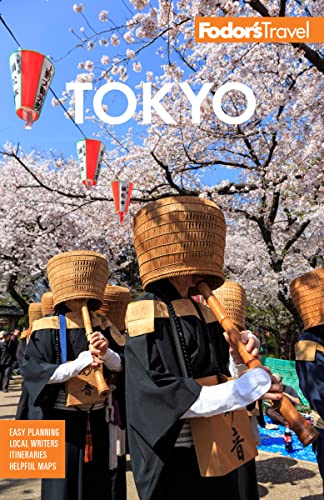Public Transport
Tokyo Metro and Toei operate separate subway lines in Tokyo, with Tokyo Metro operating the majority of them. The companies charge separate fares—that is, a ticket from one company is not valid on a train operated by the other, so you want to complete a journey on lines operated by one company rather than switching. Some especially useful lines for visitors are the Ginza Line, which moves between Asakusa and Shibuya, and the Oedo and Marunouchi lines, which loop around the city center.
Purchasing Tickets
Basic train and subway fares within Tokyo are between ¥130 and ¥310, depending on how far you travel. Purchase tickets from machines that take coins or cash near the gates. Maps above each machine—usually in Japanese and English in central Tokyo—list destinations and fares. Sometimes the station map will be written only in Japanese. In that case, buy the lowest-price ticket and adjust the fare upon arrival.
Prepaid Cards and Passes
Suica is a rechargeable debit card that can be used on JR and non-JR trains () and also subways. It's also accepted for payment at convenience stores and some vending machines. PASMO, another rechargeable prepaid card, operates the same way. You need to pay a ¥500 deposit to be issued a Suica or PASMO card, but it’s worth it to avoid buying tickets and worrying about fares and have the flexibility to flit between all of Tokyo’s transportation networks. The Tokyo 1-Day Ticket (Tokyo Furii Kippu) is a one-day pass for unlimited travel on JR lines, subways, and buses within Tokyo's 23 wards; it costs ¥1,590 and is available at subway stations and JR ticket offices.




